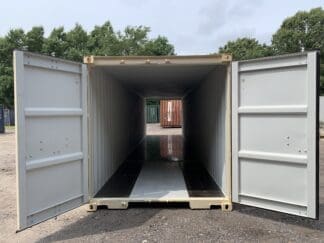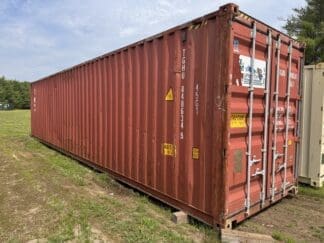 Although shipping containers have been standardized for decades, there are some variations between different sizes and styles, all driven by particular application requirements. From open-side shipping containers to high-cube shipping containers to standard shipping containers, and from 10 foot all the way up to 40 foot sizes, the versatility of these workhorses of the world economy is impressive. Here we’ll detail the different types of shipping containers, with an eye towards helping you figure out what container is right for your specific application.
Although shipping containers have been standardized for decades, there are some variations between different sizes and styles, all driven by particular application requirements. From open-side shipping containers to high-cube shipping containers to standard shipping containers, and from 10 foot all the way up to 40 foot sizes, the versatility of these workhorses of the world economy is impressive. Here we’ll detail the different types of shipping containers, with an eye towards helping you figure out what container is right for your specific application.
 Portable Storage Container | Portable Storage Unit
Portable Storage Container | Portable Storage Unit
Portable storage containers are popular because they can be placed on-site, used for temporary storage of goods, construction materials, or work-in-process, and then later they can be removed and used elsewhere. They can even be used in a moving situation where household or corporate goods need to be moved a long distance and they need to be safely packed and secured in a configuration that is easily transported. Used in applications from construction job sites, to remodeling, to even crude hunting lodges and tiny houses, these containers can be configured and used in a myriad of ways.
 Steel Shipping Containers | Metal Shipping Containers
Steel Shipping Containers | Metal Shipping Containers
Steel shipping containers are available in many sizes and shapes. Standard 20′ and 40 foot storage containers are the most popular shipping containers. Standard containers have an interior height 7’10” and an external height of 8’6″. The standard metal shipping container’s interior and exterior widths are the same for almost all non-modified containers. They are 7’8″ and 8’0″, respectively. Other sizes of shipping containers come in different lengths, apart from the 20′ and 40′ containers.
You can also create custom-length containers by welding together containers. These containers can be made to order and take longer than the standard sizes available on the market.
 20 ft Shipping Containers
20 ft Shipping Containers
A shipping container’s most common dimensions are 20′ long, 8′ wide, and 8.5′ high. Apart from shipping goods across oceans, 20-foot shipping containers are often part of the rental fleets at on-site storage companies. The 20-foot shipping containers are far more common than the 10′ storage containers. Their popularity is largely due to the lower storage costs per square foot. There are many different types of 20ft shipping containers. These containers are typically new (also known as “one-trip”) and wind and watertight. They can also be cargo-worthy.
 40 ft Shipping Containers
40 ft Shipping Containers
Containers 40ft in length are very popular and can be bought in any condition. Similar to the 20ft storage container, these containers are 8′ wide by 8.5′ high. These containers can be used to ship goods and long-term storage. These containers can also be used as the foundation for large-scale shipping container buildings. Their primary advantage is their superior length and larger capacity.
 High Cube Shipping Containers
High Cube Shipping Containers
High cube shipping containers are similar to standard containers but they are 9 foot 6 inches in height (i.e. exactly 1 foot taller than a standard 40 foot shipping container), so they appear to be cube or square-shaped when viewed from the front or back. High cube containers most often found are those with 40-foot lengths. These containers can often be seen on the highway on tractor trailers loaded with goods for delivery, and have a very large volume of 2694 cu ft. For businesses that deal with bulk materials, a 40-foot high cube shipping container is often the best option for storing large amounts of materials on-site.
While the most common high cube containers come in a 40-foot length, there are 20-foot high cube containers as well as 45′ high cube ones on the market in the US that can be bought and used for storage on site.
High cube containers can also come in any size from 10′ to 30’ in increments of one foot. These irregular sized containers are usually made from 40′ high cube shipping container that have been damaged at only one end. The container is divided and the remainder is used to make the new container.
 40ft Double Door Storage Containers
40ft Double Door Storage Containers
The type and placement of the doors is another distinguishing feature between containers. All non-modified shipping container have a pair of double “barn style” doors at one end. Double-door storage containers have barn style doors at both ends, instead of the usual single set of doors at one end. These containers are rare and usually only available in the 40′ class. They provide the advantage of being able to load and later access goods from both ends of the container, which is convenient in situations where goods are being kept for a short time on a rotating basis (for instance, store inventory).
 Open Side Storage Containers
Open Side Storage Containers
Double hinged doors are available on open-side storage containers. They can be found on either one or both 20ft sides. These doors can be opened to expose the whole interior of the container. Because of the hinges and open-side doors, they are heavier than other containers the same length. These containers have a number of advantages; they can be loaded easily, can fit extra-large items that would normally not fit into a standard shipping container, and they make accessing goods easily (picture having to pull almost all the items out of a standard container to get to the back, versus the ease of simply burrowing into the right spot from the side).
Storage containers 10ft in length | 10 ft Storage Container
It is difficult to find a 10ft storage container. The standard 10ft shipping container is 8’6″ tall and 8′ wide. You can also modify containers to reach 10 feet by simply cutting down an existing container. Most of these modified 10′ shipping containers will not have the steel corners at the container’s cut or modified end.


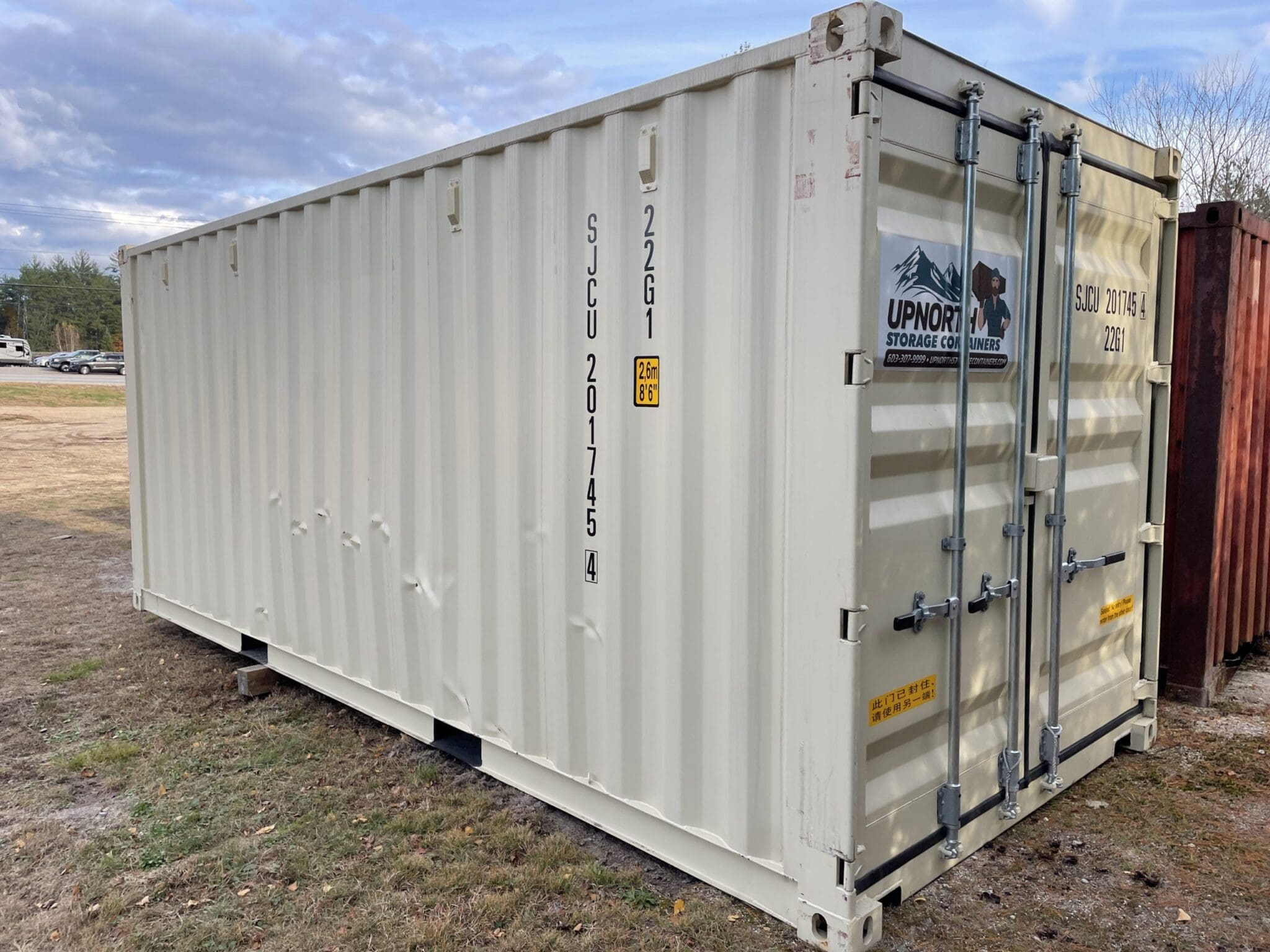 Steel Shipping Containers | Metal Shipping Containers
Steel Shipping Containers | Metal Shipping Containers 20 ft Shipping Containers
20 ft Shipping Containers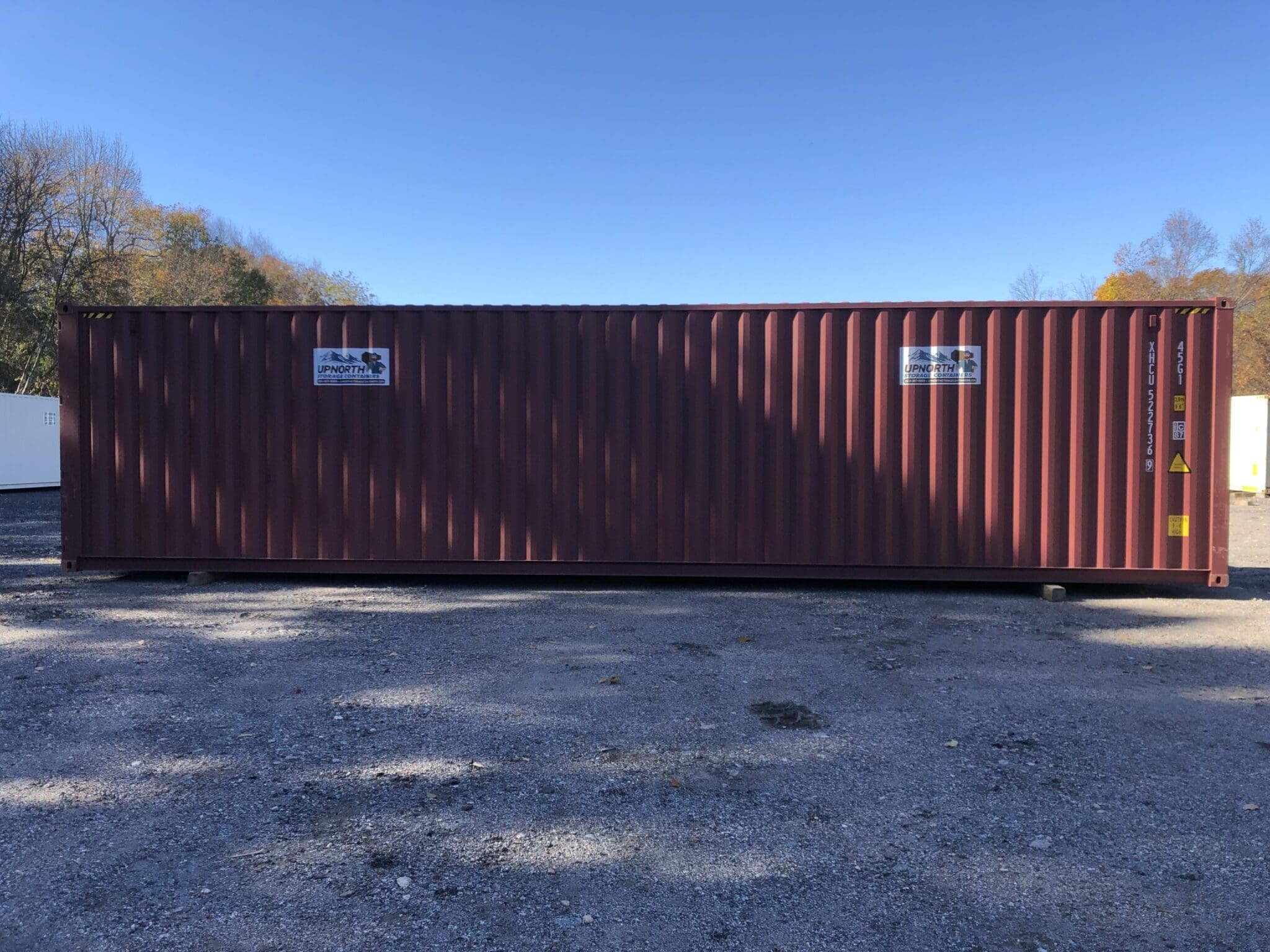 40 ft Shipping
40 ft Shipping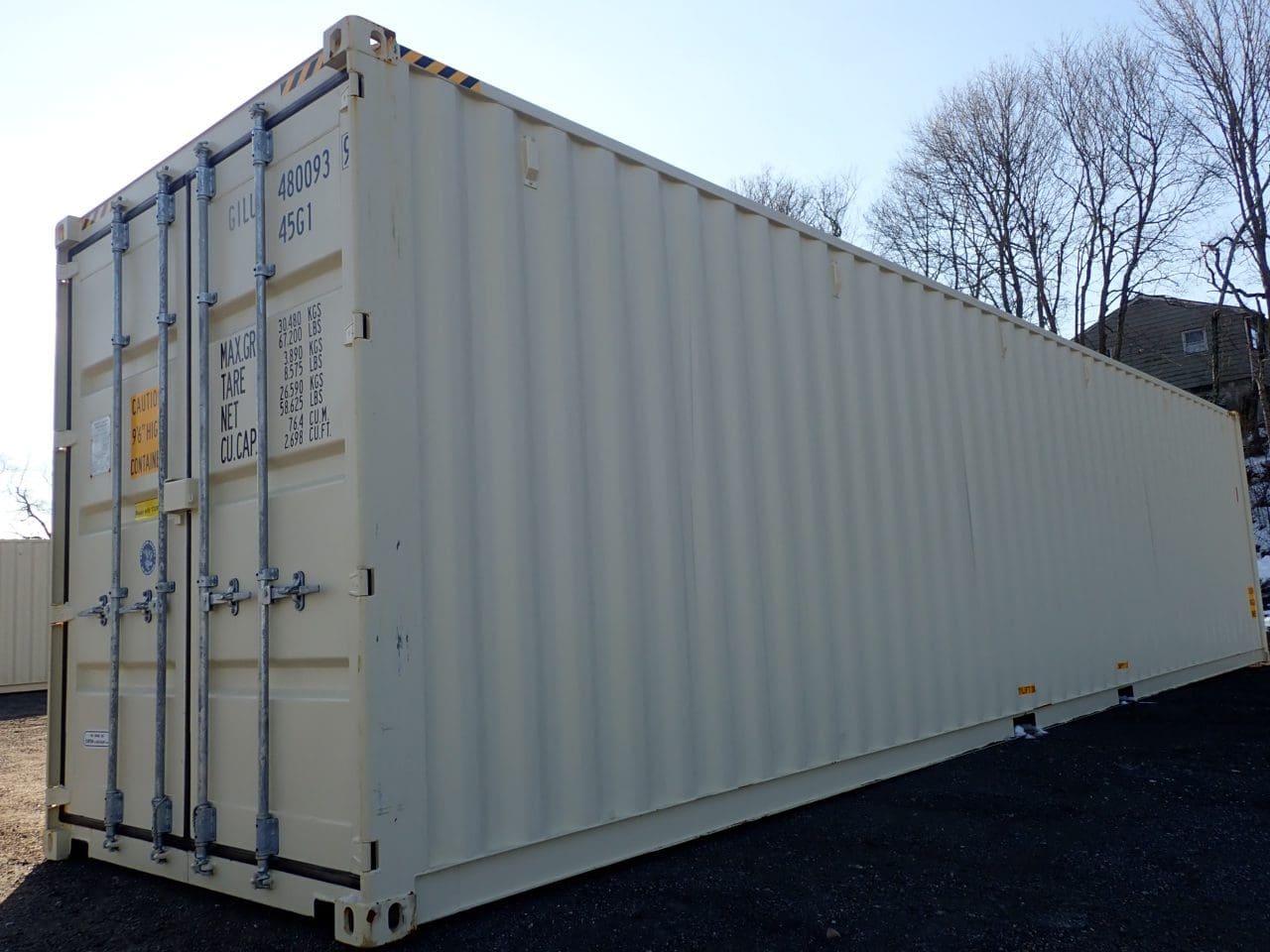 High Cube Shipping Containers
High Cube Shipping Containers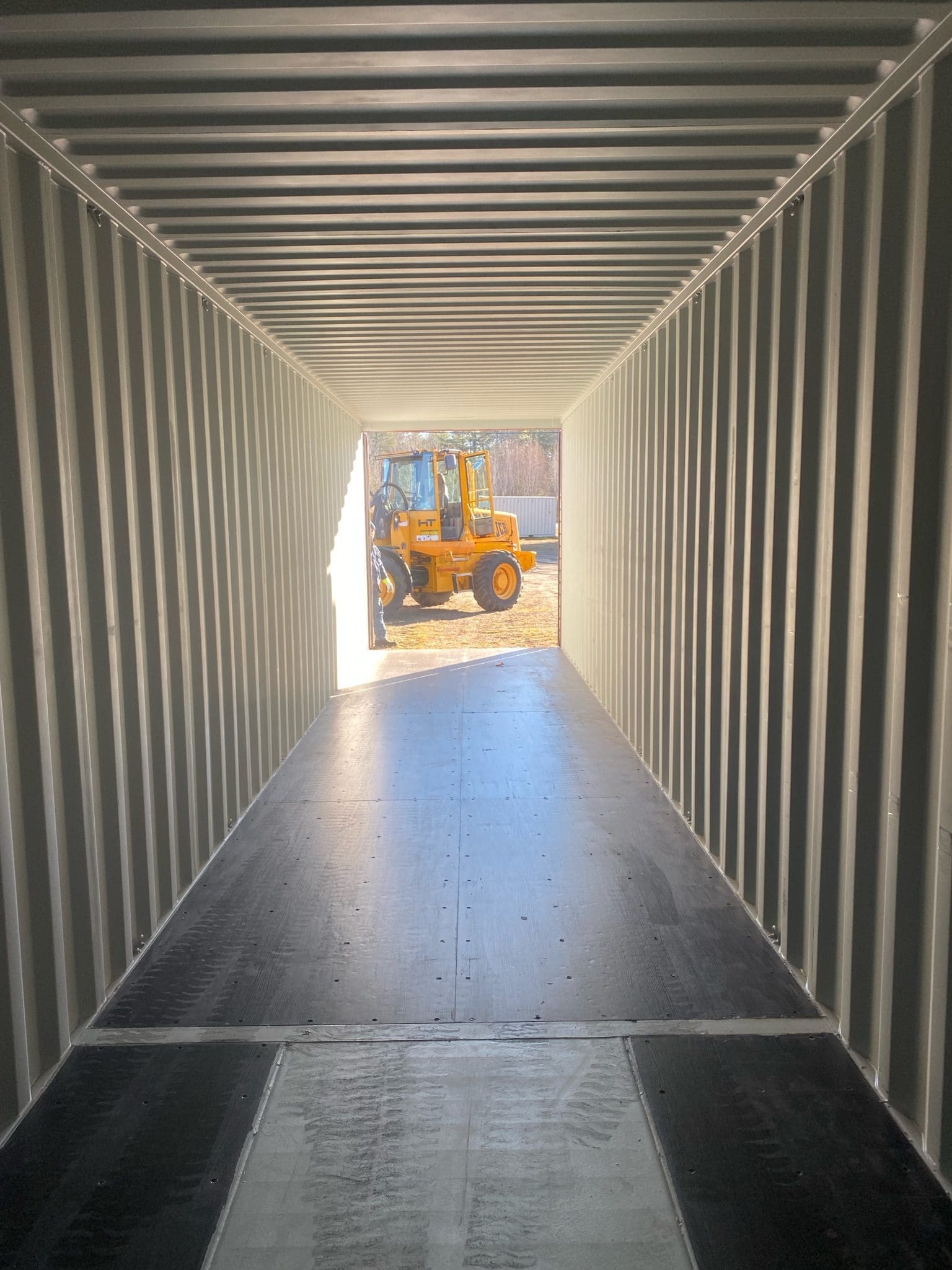 40ft Double Door Storage Containers
40ft Double Door Storage Containers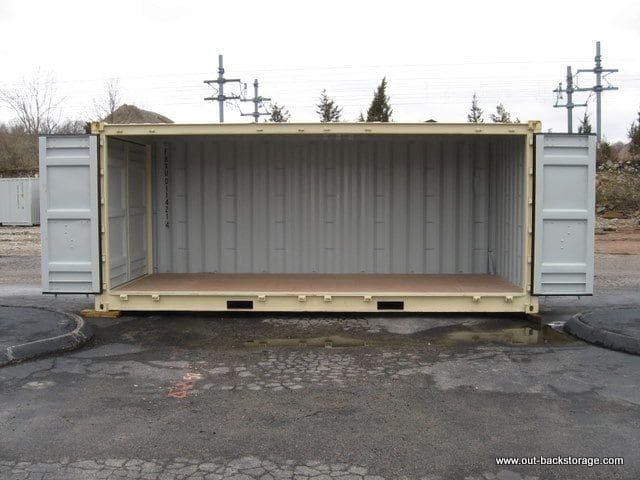 Open Side Storage Containers
Open Side Storage Containers
